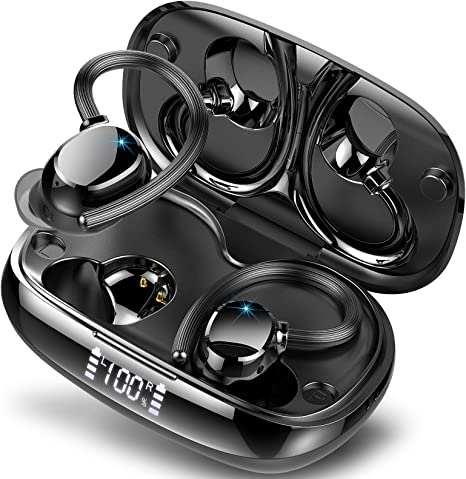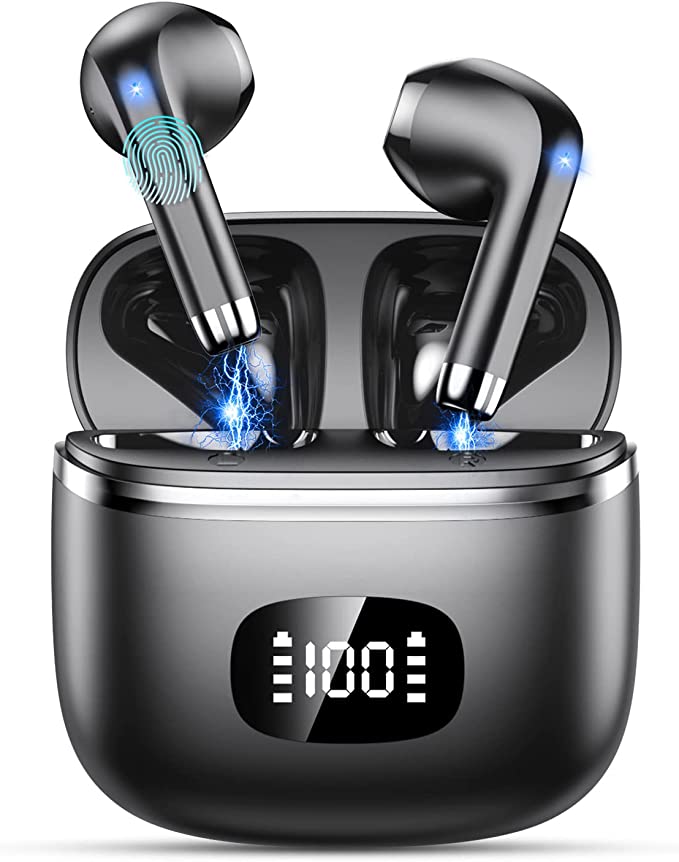Lago Air Purifier LAPKJ500GTB32: Breathe Easy with Science-Backed Air Purification
Update on July 29, 2025, 11:33 a.m.
The air inside our homes is a complex, invisible ecosystem. We share it with pets, fill it with the aromas of cooking, and furnish it with modern materials. While these elements make a house a home, they also contribute to an indoor environment that can be surprisingly more polluted than the air outside. Addressing this requires more than just opening a window; it requires technology designed to target microscopic threats. This is where air purifiers like the Lago Air Purifier (LAPKJ500GTB32) enter the picture, offering a technological solution to a biological and chemical problem. But to truly appreciate what such a device does, one must first understand the nature of what it fights.

Decoding the Invisible Threats: PM₂.₅ and VOCs
Two of the most significant categories of indoor air pollutants are Particulate Matter and Volatile Organic Compounds.
Fine Particulate Matter (PM₂.₅) refers to microscopic particles with a diameter of 2.5 micrometers or less. To put that in perspective, a single human hair is about 70 micrometers thick. These tiny particles are of particular concern because they are small enough to be inhaled deep into the lungs and can even enter the bloodstream. Common sources of indoor PM₂.₅ include cooking fumes, smoke from candles or wildfires, pet dander, and dust.
Volatile Organic Compounds (VOCs), on the other hand, are not particles but gases. They are emitted from a wide array of household products, including paints, cleaning supplies, new furniture, carpets, and air fresheners. Chemicals like formaldehyde and benzene are common VOCs. They can cause a range of health issues from eye and throat irritation to more significant long-term effects.
A truly effective air purifier must be equipped to handle both these distinct types of pollutants.

The Anatomy of Purification: A Three-Stage Defense
The Lago LAPKJ500GTB32 employs a multi-stage filtration strategy, a layered defense system where each component has a specific role. This 3-in-1 filtration approach is a cornerstone of modern air purification.
-
The Prefilter: This is the first line of defense. Typically a fine mesh, its job is to capture large airborne particles like pet hair, human hair, lint, and large dust bunnies. By trapping these larger contaminants, the prefilter protects the more delicate and expensive filters downstream, extending their operational lifespan.
-
The Activated Carbon Filter: This layer is the specialist for gases and odors. Activated carbon is treated to have millions of tiny, absorbent pores, creating an immense internal surface area. As air passes through, VOCs and odor molecules are trapped within this porous structure in a process called adsorption. This is what effectively reduces smells from pets, cooking, or smoke, as well as harmful gaseous chemicals.
-
The True HEPA Filter: This is the heart of the system and the gold standard for particulate filtration. True HEPA is not a brand name but a strict efficiency standard. To qualify, a filter must be tested and proven to capture at least 99.97% of airborne particles down to 0.3 micrometers in size. This is the critical layer that traps the vast majority of PM₂.₅, pollen, mold spores, and other microscopic allergens that can trigger respiratory issues.

Case Study: The Lago LAPKJ500GTB32 in Action
Understanding the principles of filtration allows us to analyze how the Lago purifier implements them in its design.
The most notable feature is its dual-suction design, drawing in air from both sides of the unit. This effectively doubles the intake area compared to single-sided models, contributing to a powerful purification rate, which the manufacturer states is 295 CFM (Cubic Feet per Minute). This metric indicates the volume of air the unit can process, making it suitable for large rooms up to 645 square feet. Its capability is backed by an AHAM Verifide mark, signifying that its performance claims for room size and smoke removal have been independently tested by the Association of Home Appliance Manufacturers.
Beyond raw power, the unit incorporates intelligence. Onboard PM₂.₅ and VOC sensors continuously monitor the ambient air. In “Automatic” mode, this data is used to adjust the fan speed dynamically. If you start cooking and generate smoke, or if a nearby window lets in pollen, the sensors will detect the spike in pollutants and ramp up the fan speed to clear the air more quickly. When the air is clean, the fan slows down, saving energy and reducing noise. This makes air quality management an automated, set-and-forget process.
The Ownership Experience: Performance and Practicality
In daily use, an air purifier must blend into the home environment. The Lago purifier’s maximum noise level is listed at 55 dB, comparable to a quiet conversation. For nighttime use, its “Sleep mode” is designed to operate at a minimal fan speed and dims the display lights, ensuring it doesn’t disturb rest.
However, the most crucial aspect of long-term ownership is maintenance. The effectiveness of any HEPA and carbon-based system is entirely dependent on the condition of its filters. Over time, these filters become saturated with pollutants and must be replaced. Failure to do so not only renders the purifier ineffective but can also lead to the re-release of trapped contaminants.
This brings us to a critical consideration for this specific model. The manufacturer specifies the replacement filter model as “Brio FILAPKJ500GTB32.” Based on customer feedback, prospective buyers should be aware that some users have reported significant challenges in sourcing these proprietary replacement filters. This is a vital point of due diligence for any consumer, as the long-term usability of the appliance is contingent on the reliable availability of its essential consumables. An air purifier with no replacement filters is, unfortunately, destined to become electronic waste.

Conclusion
The technology embedded in devices like the Lago LAPKJ500GTB32 represents a powerful response to the modern challenge of indoor air pollution. The combination of multi-stage filtration to tackle both particles and gases, coupled with smart sensors for automated operation, provides a comprehensive system for improving the health of a home environment.
Ultimately, however, technology is only one part of the equation. An informed consumer is an empowered one. Understanding the science of how these devices work—from the function of a HEPA filter to the importance of consistent maintenance—is the key to making a choice that is not only effective in the short term but also practical and sustainable for years to come. The best air purifier is one that works, fits your space, and, crucially, is one you can maintain.


















